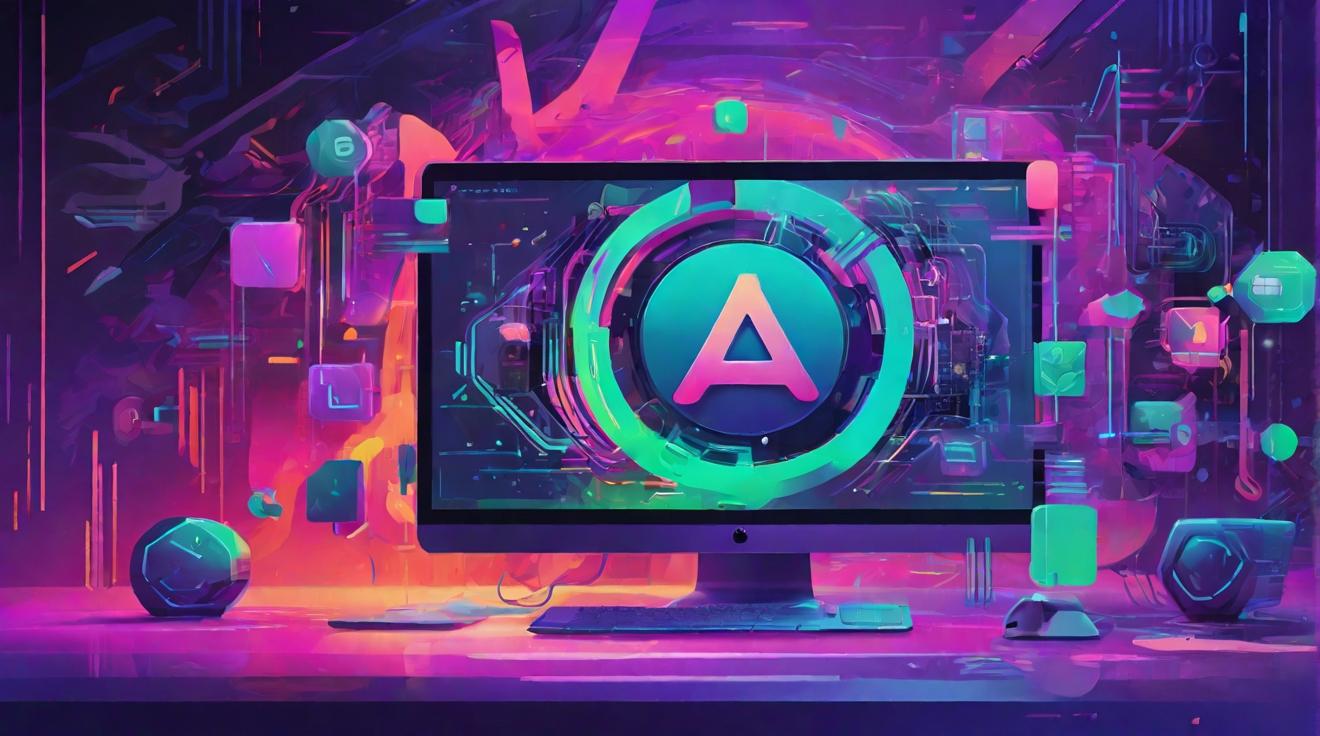Exploring Non-Fungible Tokens (NFTs) Beyond Art: Real Estate, Collectibles, and More
1. The Expanding Role of Non-Fungible Tokens (NFTs) in the Art Market
Non-Fungible Tokens (NFTs) have taken the art world by storm, with digital artworks selling for millions of dollars. However, their potential goes far beyond art alone. NFTs offer a unique way to prove ownership and authenticity in the digital realm, making them applicable to a wide range of industries.
NFTs have provided artists with a new revenue stream, allowing them to monetize their digital creations. Artists can now sell their work directly to buyers, eliminating the need for intermediaries. Moreover, NFTs provide a transparent and immutable record of ownership, reducing the risk of counterfeiting and fraud.
2. Revolutionizing Real Estate: How NFTs Are Transforming Property Ownership
NFTs have the potential to revolutionize the real estate industry by transforming the way properties are bought, sold, and owned. With NFTs, ownership of a property can be represented digitally, eliminating the need for physical documents and paperwork. This digital representation of property ownership can make transactions faster, more secure, and less prone to errors.
NFTs also enable fractional ownership, allowing multiple investors to own a fraction of a property. This can open up new investment opportunities for small investors who may not have the resources to purchase an entire property. Fractional ownership through NFTs can also make real estate investing more accessible to a wider range of individuals.
3. Beyond Picasso: Exploring NFTs in the World of Collectibles
While NFTs have gained significant attention in the art world, their potential extends beyond traditional artworks. NFTs can be used to tokenize and authenticate a wide range of collectibles, including sports memorabilia, rare trading cards, and vintage items. By creating digital representations of these physical objects as NFTs, collectors can prove the authenticity and ownership of their prized possessions.
NFTs also allow for the creation of dynamic and interactive collectibles. For example, a collectible could include additional content or experiences that can be unlocked by the owner. This adds a new dimension to the concept of collecting, as NFTs can provide a more immersive and engaging experience for collectors.
4. NFTs and Gaming: Unlocking New Possibilities for Virtual Assets
The gaming industry has embraced NFTs as a way to create and trade virtual assets. NFTs can represent in-game items, characters, or even entire virtual worlds. This allows players to truly own their in-game assets, as they can be bought, sold, and traded outside of the game ecosystem.
NFTs in gaming also enable cross-platform compatibility, as players can carry their virtual assets across different games and platforms. This interoperability opens up new possibilities for gamers, as they can build a collection of valuable digital assets that hold real-world value.
5. NFTs: From Digital Art to Intellectual Property – The Future is Limitless
The potential applications of NFTs extend far beyond art, real estate, collectibles, and gaming. NFTs can also be used to tokenize intellectual property, such as patents, trademarks, and copyrights. This opens up new avenues for creators to protect and monetize their intellectual assets in the digital age.
Moreover, NFTs can be used to prove ownership and authenticity of digital content, such as music, videos, and ebooks. This can help address the challenges of piracy and unauthorized distribution in the digital media industry.
As technology advances and industries continue to innovate, the role of NFTs will only expand further. From virtual assets to intellectual property, NFTs have the potential to revolutionize how ownership, authenticity, and value are established in the digital realm. The future of NFTs is limitless, and the opportunities they present are only just beginning to be explored.













